World 🢖 Asia 🢖 India 🢖 Tamil Nadu
Hindu shrines 🢔 Religious architecture 🢔 Architectural wonders 🢔 Categories of wonders
Wonder
Olakkannesvara Temple – the old lighthouse
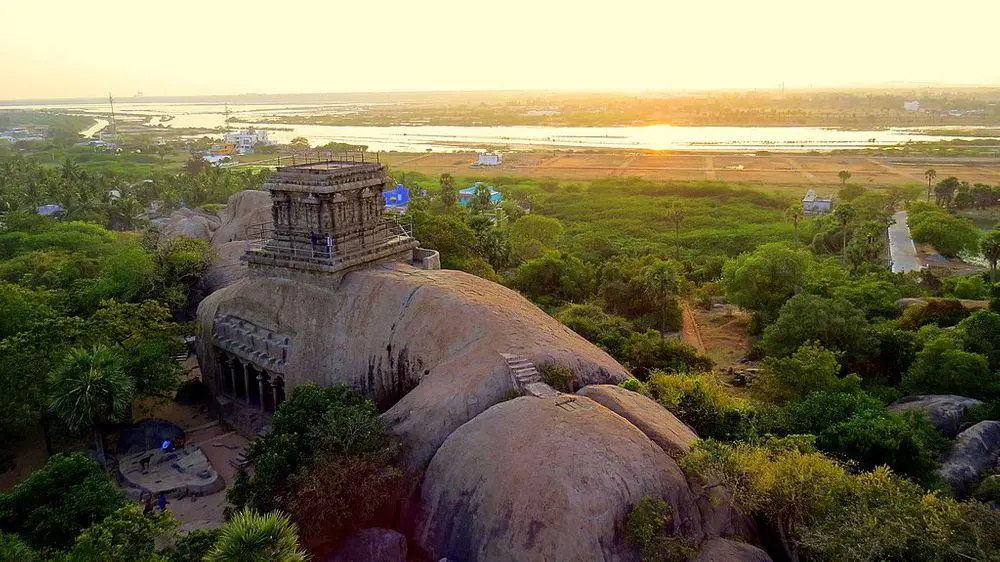
 In short
In short
The information about Olakkannesvara Temple is controversial – according to some this temple is even one of the oldest lighthouses in the world! One is clear – this is more than one thousand years old temple.
 42.8%
42.8%
GPS coordinates
Location, address
Alternate names
Age
Religion
UNESCO World Heritage status
Map of the site
If you see this after your page is loaded completely, leafletJS files are missing.
 In detail
In detail
One of the oldest stone structures in Mahabalipuram
There are controversies even regarding the name of the temple. Some consider that the origin of the name is linked to Lord Siva: it means either “lord of the world” or the more complex “abode of Shiva, who has a crescent moon on his forehead” or another version – “flame eye”. It is possible that this is a fairly new name.
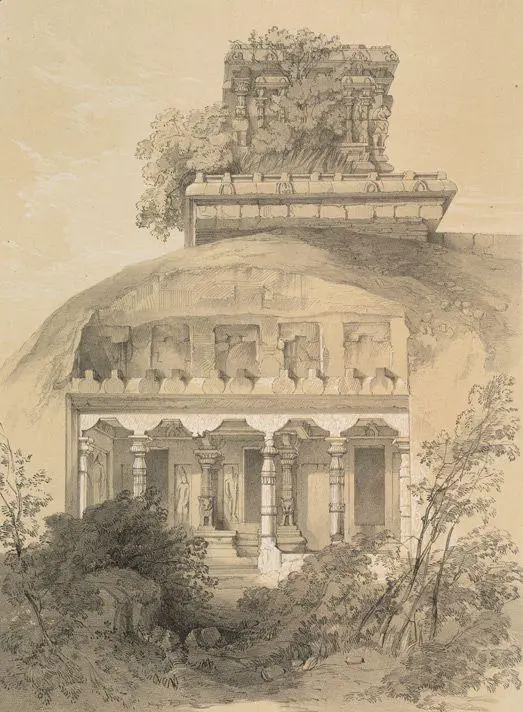
Temple itself though is very old. Most likely, it was built during the times of Narasimhavarman II in the early 8th century as one of the first structures made from stone blocks in this area. The architecture of the temple resembles the architecture of the nearby Shore Temple – both are built at approximately the same time.
Often it is mentioned that Olakkannesvara Temple is built even earlier, around 640 AD in the times of Mahendravarman I. Seems, this is not true – in these times there were not built structural temples from stone blocks. Also, the architectural details of Olakkannesvara Temple are characteristic for a later time.
Temple is devoted to Shiva – each of the sides of the temple is adorned with different avatars of Shiva. Sivalinga was stolen from the temple by the end of the 18th or the early 19th century. Around this time the temple ceased to operate and was abandoned, it lost also its upper part.
Olakkannesvara Temple turns into a lighthouse
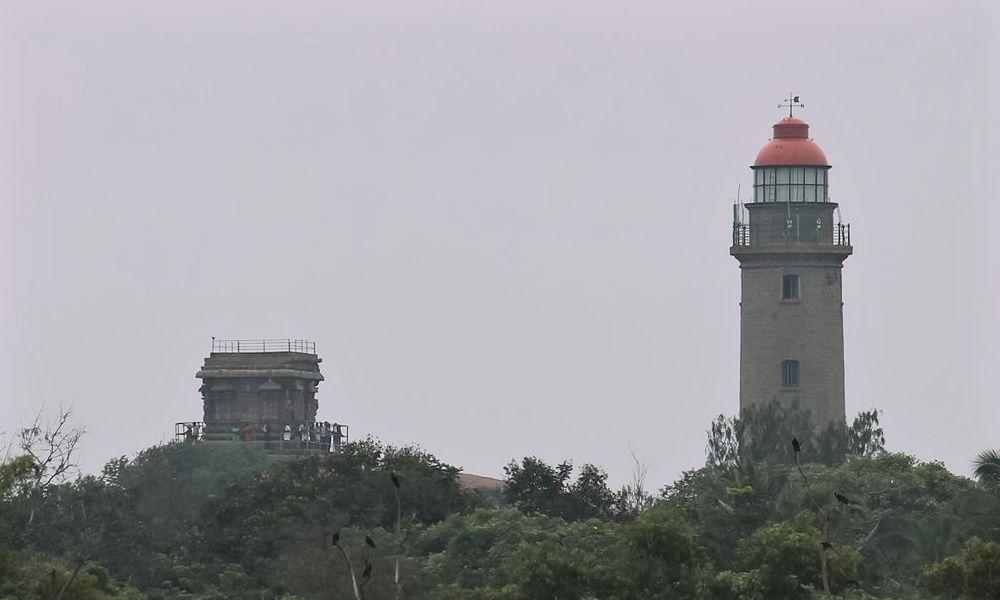
In the 19th century, several significant shipping accidents happened in this area. Thus a local port officer proposed to place the light on the top of the abandoned Olakkannesvara Temple. This is the highest spot in this area – the top of the temple is some 36 m above the sea.
It was decided to make a lighthouse here. British administration placed granite slabs over the temple (due to the loss of the upper floor the temple stood without a roof) and covered them with concrete. On the top was placed a lantern and in 1887 here started to operate a lighthouse.
Lighthouse operated here until 1900 – by that time on the nearby hill was erected a new lighthouse which started to work on 1901. There is a small museum near the lighthouses now and both lighthouses are open to tourists who enjoy the magnificent view from both.
If we assume that the British were the first to make a lighthouse here, this by far is not the oldest lighthouse in India.
Fort Aguada Lighthouse in Goa, for example, was built in 1612 and operated until 1979. It is known that in the 3rd – 4th century existed a lighthouse in Poompuhar, south of Mahabalipuram. Most likely lighthouses were built also much earlier, in the times of emperor Ashoka (3rd century BC) or even during the times of Indus Valley Civilization. A watchtower in Kuntasi (Gujarat) could be the world’s oldest lighthouse which was operated some 4,000 years ago!
The oldest lighthouse in India?
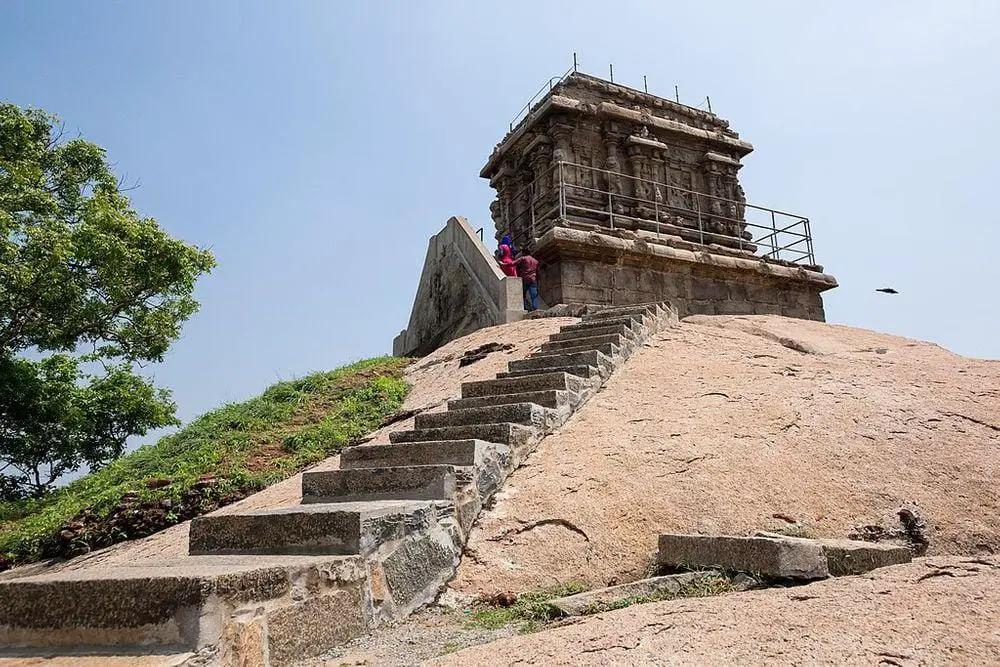
But: there is a chance that Olakkannesvara Temple served as a lighthouse long before the British. According to some local legends, there were kept bonfires on the top of Mahabalipuram hills to help the ships. After all, Mahabalipuram was a busy port since ancient times.
There are also reports about a shallow depression in the roof (but there was no roof after the loss of the upper structure?) which could be used for a large oil reservoir. This oil could be lighted during the nights.
What if this temple was intended to serve as a lighthouse since the very beginning – the 8th century? In such a case, Olakannesvara Temple would be one of the oldest extant lighthouses in the world!
References
- Vikipandit, Mahabalipuram Lighthouse, December 27, 2017. Accessed on the 19th April 2019.
- Mahabalipuram Lighthouse, Directorate General for Lighthouses and Lightships, 2011. Accessed on the 19th April 2019.
 Linked articles
Linked articles

Wonders of India
India is the seventh-largest country in the world by area, and, naturally, such a large area contains a huge amount of exciting attractions…
Wondermondo considers that India is the second richest center of architectural heritage in the world after Europe and maybe no single country in the world can match it in this respect.
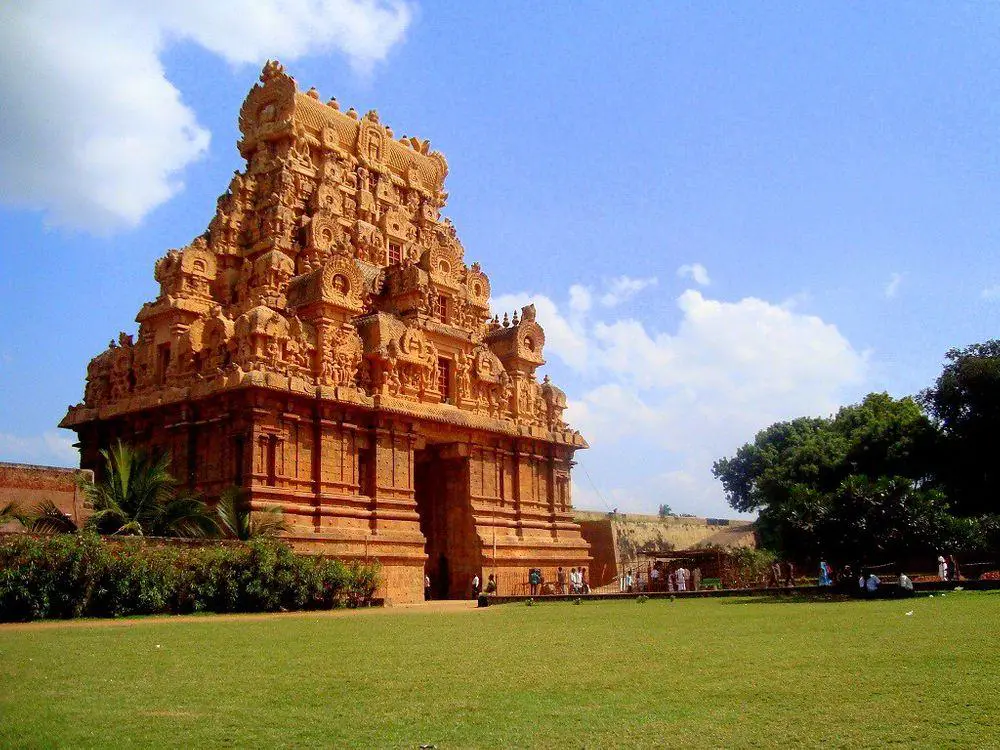
Hindu shrines
Hinduism is one of the oldest religions – possibly the oldest one among contemporary religions and Hindu temples belong to the most impressive religious buildings in the world.

Wonders of Asia
Any other continent (and part of the world) seems small if compared to Asia. This refers also to natural and man-made heritage: in Asia are not just thousands of great landmarks, there are found landmarks created by thousands of diverse cultures from ancient Phoenicians to the mysterious small people in the Philippines and eastern islands of Indonesia.
 Recommended books
Recommended books
Tamil Nadu: The Heart of Dravidian India
The huge temples of Tamil Nadu are justifiably famous. Through history and forty-four original photographs, this book explains how the temples came to be and what their statuary symbolizes. The book also paints a picture of what life was like in the civilizations that built them.
Mahabalipuram (Monumental Legacy)
Constructed in 700 CE by the famous Pallava king Rajasimha, Mahabalipuram is a unique monument where art form combines with religion and legends. Also known as Mamallapuram, it showcases the best of Tamil art and architecture. The beauty of the monument is further enhanced by its location on the shores of the Bay of Bengal, the latter significantly influencing the creations. Part of the prestigious Monumental Legacy series, this book presents a graphic account of the site and its monuments-mandapas (cave temples), rathas (chariots), open-air bas-reliefs, and structural temples.


